There are several network monitoring tools available for different operating systems. In this article, we will discuss 10 Linux network monitoring tools that can be run from the terminal.
These tools are ideal for users who don’t use a GUI and prefer to manage the network via SSH.
1. iftop – linux network monitoring tool

iftop linux network monitoring tool
Linux users are usually familiar with top—a system monitoring tool that allows us to know the processes running in real time on our system and easily manage them.
iftop is similar to the top application, but it specifically monitors the network, providing more detailed information about the network and all processes using the network.
2. vnstat
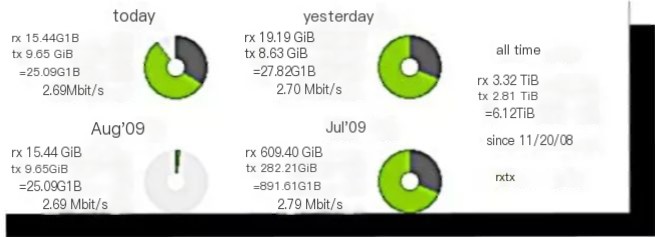 />
/>
vnstat network monitoring tool
vnstat is a network monitoring tool included by default in most Linux distributions. It allows us to control the traffic sent and received over a user-selected time period in real time.
3. IPTraf

iptraf monitoring tool for linux
IPTraf is a console-based Linux real-time network monitoring program. It collects various information passing through the network as an IP traffic monitor, including TCP flag information, ICMP details, TCP/UDP traffic faults, TCP connection packet, and byte counts. It also gathers details of all TCP, UDP, and other IP and non-IP protocol ICMP checksums errors, interface activities, and more.
4. Monitorix – System and Network Monitoring
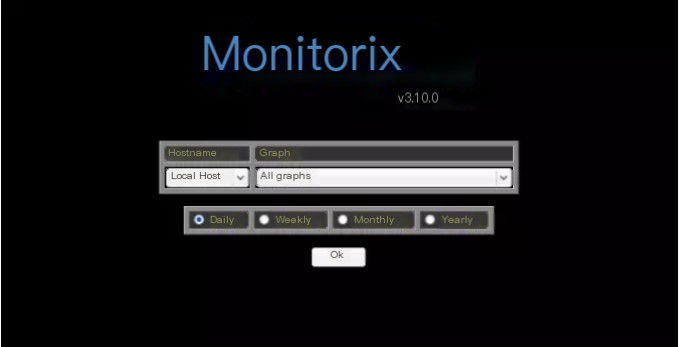
monitorix system monitoring tool for linux
Monitorix is a lightweight free application designed for monitoring as many Linux/Unix servers and the system and network resources as possible.
It includes an HTTP web server for collecting system and network information regularly and displays them in graphs. It tracks average system load, memory allocation, disk health, system services, network ports, mail statistics (Sendmail, Postfix, Dovecot, etc.), MySQL statistics, and more. It’s designed to manage overall system performance, help detect faults, bottlenecks, unusual activities, and more.
5. dstat
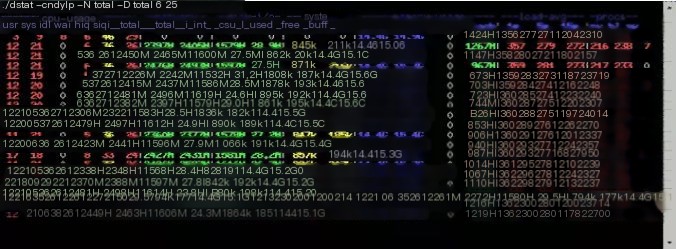
dstat network monitoring tool
This tool is less known compared to the previous ones; however, it is included by default in some distributions.
6. bwm-ng
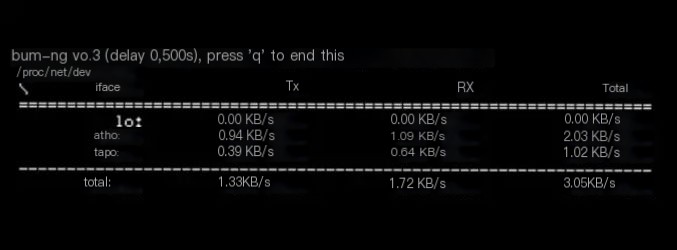
bwm-ng monitoring tool
It is one of the most simplified tools. It allows you to interactively obtain data from connections and, for ease of use by other devices, export them in certain formats as the data is obtained.
7. ibmonitor
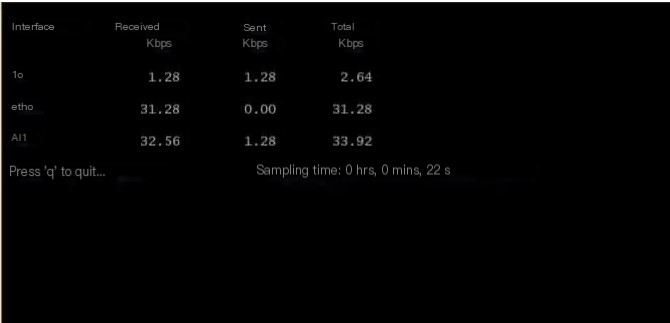
ibmonitor tool for linux
Similar to the above, it displays filtered network traffic on connection interfaces and clearly distinguishes between inbound and outbound traffic.
8. Htop – Linux Process Tracking
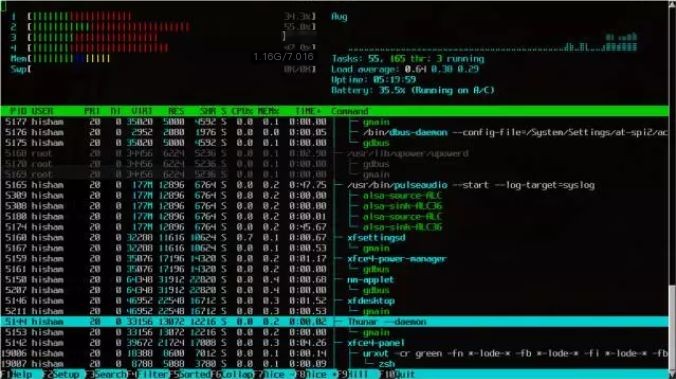
htop linux processes monitoring tool
Htop is a more advanced, interactive, real-time Linux process tracking tool. It is similar to Linux top command, but has some more advanced features, such as an easier to use process management interface, shortcut keys, horizontal and vertical process views, and more features.
Htop is a third-party tool, it is not included in Linux system, you have to install it using YUM or APT-GET or other package management tools.
9、Arpwatch – Ethernet activity monitor

arpwatch ethernet monitoring tool
arpwatch is an address resolution program designed to manage Ethernet communications in Linux networks. It continuously monitors Ethernet communications and records changes in IP addresses and MAC addresses in a network along with a timestamp.
It also has a feature that sends an email to the system administrator when an IP and MAC address pair is added or changed. This feature is very useful when an ARP attack occurs in a network.
10、Wireshark – Linux Network Monitoring Tool

wireshark network monitoring tool
Wireshark is a free application that allows you to capture and view information going to and coming back from your system, drill down into packets and view the contents of each packet – to suit your needs. It is commonly used to investigate protocol problems and to create and test special cases of programs. This open source analyzer is a recognized commercial standard for analyzers, and its popularity is due to its long-standing reputation.
Originally called Ethereal, Wireshark has a lightweight, easy-to-understand interface that can display classified protocol information from different real systems.
Conclusion
In this article, we looked at several open source Linux network monitoring tools. Although we have selected the tools we consider to be the “best”, it does not mean that they are the best for your needs. For example, there are many open source monitoring tools, such as OpenNMS, Cacti, and Zennos, and you need to consider the advantages of each tool for your individual situation. In addition, there are different non-open source tools that may be more suitable for your needs. What other network monitoring tools do you know or use in the Linux terminal? If it is helpful to you, you can share it with more people so that everyone can benefit!



